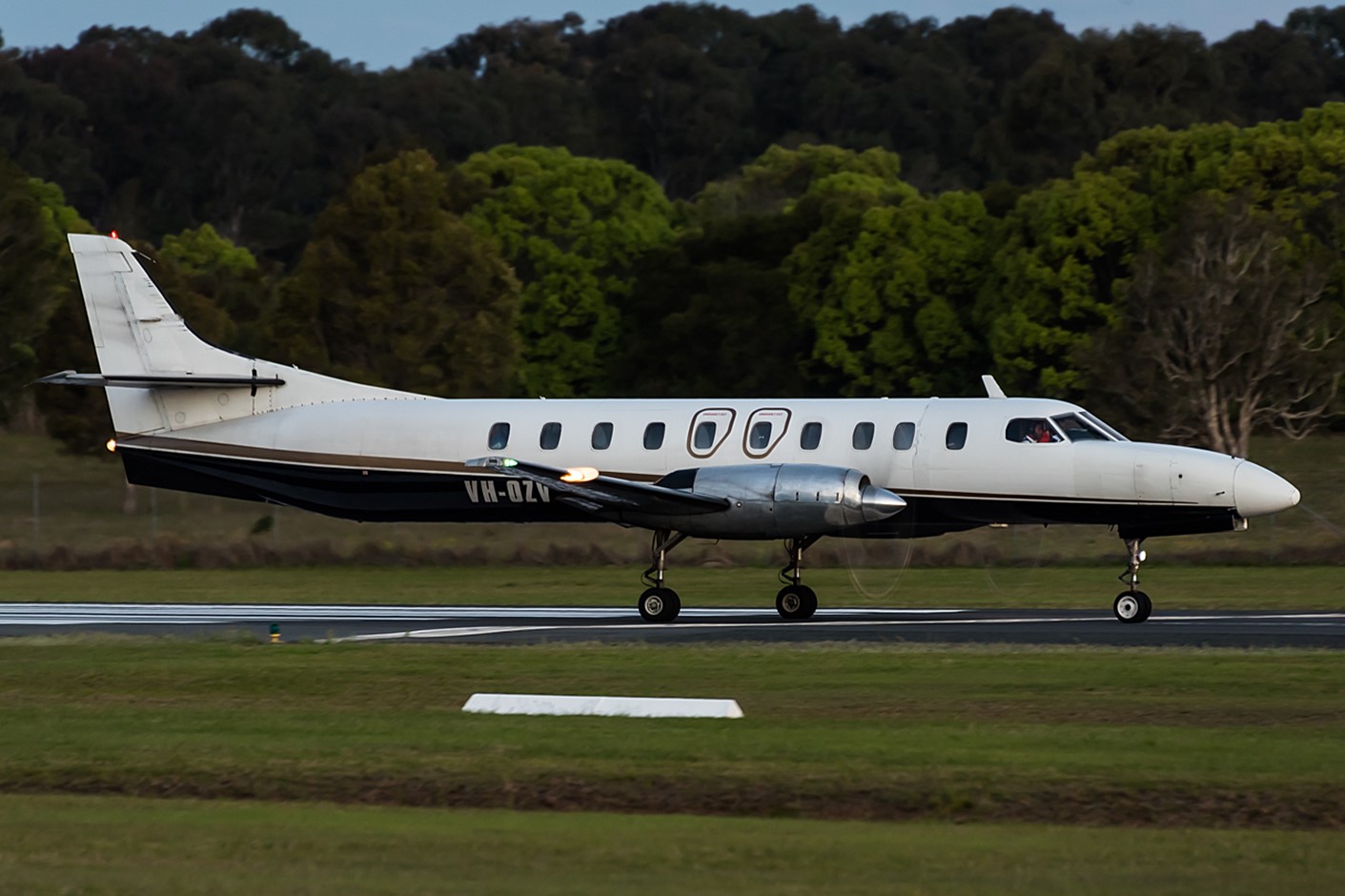
|
Key points
|
A Fairchild SA227 Metro aircraft was not maintained within the required navigational tolerances while conducting an ILS approach to land at night at Melbourne Airport, an ATSB investigation has found.
The aircraft, conducting a night freight flight from Launceston on the evening of 18 January 2021 with a single pilot on board, was being positioned to commence a night-time Instrument Landing System approach to runway 27 at Melbourne. While joining the approach, a turn was not commenced until after the aircraft crossed the localiser track.
After crossing the localiser track and while descending along the approach glideslope, the aircraft descended clear of cloud and the pilot sighted the runway, the investigation notes. At that time, the aircraft was positioned slightly less than full-scale on the course deviation indicator (CDI) to the right of, and tracking away from, the localiser track. From this position, the pilot elected to continue the approach visually.
However, exacerbated by a prevailing southerly wind, the aircraft continued tracking away from the localiser and, shortly after, proceeded beyond the full scale of the CDI, requiring that a missed approach be initiated. However, the pilot assessed that the visual approach could be continued.
The aircraft continued to deviate from the localiser track and at 2135, reached a maximum lateral deviation of 0.55 nautical miles. The pilot then turned the aircraft further to track toward the localiser while continuing to descend. At about the same time, the Melbourne Tower air traffic controller noticed the deviation and contacted the pilot.
At 2136, at about 980 ft above mean sea level (about 583 ft above ground level), the aircraft was re‑established within full-scale CDI deflection and landed shortly after.
“The ATSB found that during approach to the airport in darkness, the aircraft was not maintained within the required navigational tolerance,” said ATSB Director Transport Safety Stuart Macleod.
“While that should have resulted in the conduct of a missed approach, the approach was continued with the aircraft manoeuvring significantly below the minimum safe altitude.”
Mr Macleod noted that operational procedures are designed to ensure consistency of pilot action and aircraft operation during the approach and landing phases of flight.
“Adherence to procedures and careful monitoring of aircraft and approach parameters provides assurance that an instrument approach can be safely completed,” he said.
“Most importantly, if the criteria for safe continuation of an approach are not met, pilots should conduct a missed approach to negate the risk of colliding with obstacles or terrain.”
Read the report: Flight below the minimum safe altitude involving Fairchild SA227, VH-OZV, 9 km east of Melbourne Airport, Victoria, on 18 January 2021


